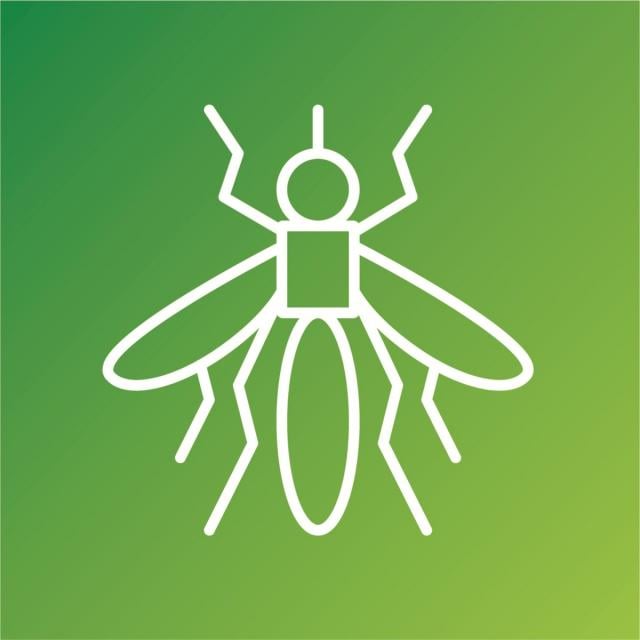MOOC List is learner-supported. When you buy through links on our site, we may earn an affiliate commission.

MOOC List is learner-supported. When you buy through links on our site, we may earn an affiliate commission.
It is important to consider basic relationships between models and data, so, using the basic SIR model you have developed in course 1, you will calibrate this model to epidemic data. Performing such a calibration by hand will help you gain an understanding of how model parameters can be adjusted in order to capture real-world data. Lastly in this course, you will learn about two simple approaches to computer-based model calibration - the least-squares approach and the maximum-likelihood approach; you will perform model calibrations under each of these.
What You Will Learn
- Identify the relationship between models and real-world epidemiological data
- Incorporate treatment or vaccination into an SIR model, accounting for imperfect efficacy, and for different mechanisms of action
- Perform simple calibrations of an SIR model against time-series data, selecting parameters to maximise the fit of the model to the data
- Recognise two simple approaches to computer-based model calibration and perform model calibrations under each of these approaches in R.
Course 2 of 3 in the Infectious Disease Modelling Specialization.
Syllabus
WEEK 1
Modelling Interventions
Once you have captured the basic dynamics of transmission using simple mathematical models, it is possible to use these models to simulate the impact of different interventions. You will study approaches for modelling treatment of infectious disease, as well as for modelling vaccination. Building on the SIR model, you will learn how to incorporate additional compartments to represent the effects of interventions (for example, the effect of vaccination in reducing susceptibility). You will learn about ‘leaky’ vaccines and how to model them, as well as different types of vaccine and treatment effects.
WEEK 2
Confronting Models with Data - Part A
All models answering public health questions first need to be matched, or ‘calibrated’, against real-world data to ensure that model-simulated dynamics are consistent with what is observed. In this module, you will consider basic relationships between models and data. Using the basic SIR model that you've developed so far, you will calibrate this model to epidemic data. Through performing this calibration by hand, you'll gain an understanding of how model parameters can be adjusted so as to order to capture real-world data.
WEEK 3
Confronting Models with Data - Part B
In practice model calibration for compartmental models is rarely done by hand. Rather, we construct a function that summarises the goodness-of-fit between the model and the data and then use available computer algorithms to maximise this goodness-of-fit. In these next two modules, you will learn about two simple approaches to computer-based model calibration: the least-squares approach and the maximum-likelihood approach. You will perform model calibrations under each of these approaches in R.
WEEK 4
Confronting models with data – Part C
Please note - learning outcomes are the same across both this and the last module. In practice, model calibration for compartmental models is rarely done by hand. Rather, we construct a function that summarises the goodness-of-fit between the model and the data and then use available computer algorithms to maximise this goodness-of-fit. In these two modules, you'll learn about two simple approaches to computer-based model calibration: the least-squares approach, and the maximum-likelihood approach. You will perform model calibrations under each of these approaches in R.
MOOC List is learner-supported. When you buy through links on our site, we may earn an affiliate commission.
MOOC List is learner-supported. When you buy through links on our site, we may earn an affiliate commission.
